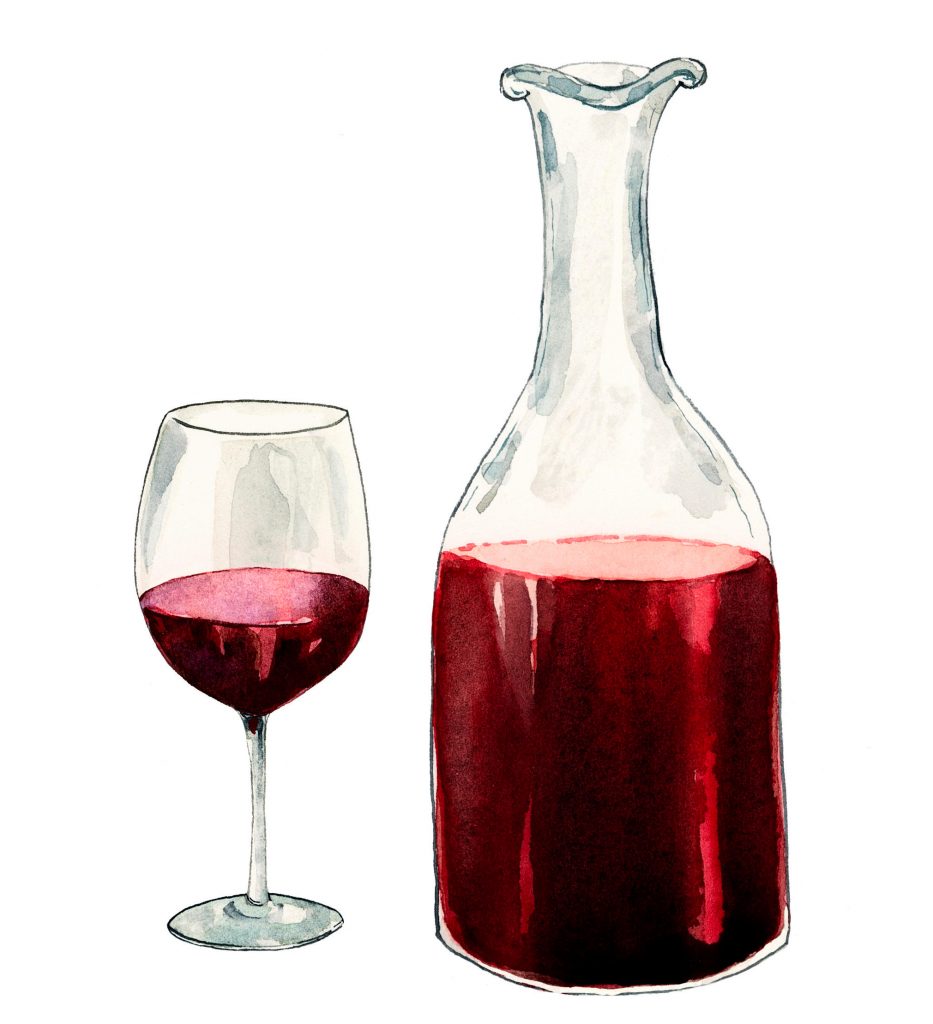Why we should all be drinking magnums at Christmas
Author: Adam Holden

Nothing makes an impact quite like a magnum of fine wine on the Christmas table. Its grand presence marks the arrival of festivities, and the spirit of generosity. But there are other reasons why a magnum is the best format for a fine wine. Adam Holden takes a closer look.
Who doesn’t love a magnum of wine on a big occasion? A magnum may only be two bottles in one, but it is so much more than the sum of its parts. They instantly imply celebration, generosity and theatre. Largesse perhaps, but society certainly. Despite the much-loved refrain “it’s the perfect size for two – if one person isn’t drinking”, these big bottles are definitely for sharing. Which goes some way to explain why they are often the longest survivors in our cellars. One must assemble enough companions, of right sorts, to share these precious bottles with. But whatever they mean to you, magnums are an essential part of any wine collection.
While most large formats take their names from biblical figures, following the tradition established in Champagne with the jeroboam, the “magnum” is simply translated from the Latin for “big”. Its first usage in the English language was in 1788 and was actually in relation to the wine bottle. Like the jeroboam it also first emerged in Champagne, where bottles had a special significance because they had to be particularly robust to avoid explosion under the pressure of the bubbles within. A magnum of Champagne remains a fine ornament for any table. Kick the evening off with a strategically placed magnum of Pol Roger and you’re sure to set the proper tone.
But they aren’t all for show. The magnum has a genuine role to play in the long-term preservation of wine. In a magnum, compared to a standard size bottle, there is a lower ratio of air to the volume of wine. With the variable, even haphazard, bottling regimes of history, this meant that the larger bottle was a very real quality factor. As was the quality of the bottler – naturally, Berry Bros. & Rudd enjoyed a fine reputation.
Today, technological developments and know-how mean that bottling is no longer an art but a science. Even so, wine is not made in a vacuum. Some air will always be present in that space between the wine and the cork (the ullage), and the cork itself contributes air from its honeycomb network of cells. Contrary to popular belief, a top-quality cork shouldn’t be permeable under pressure, but it does contain air, which is squeezed out of it when it is compressed into the neck. A small amount of air is not bad news; we have long understood the benefits of micro-oxygenation for the development of wine. But more air means more reaction, which in turn means faster maturation – while too much air simply means oxidative oblivion.
The smaller ratio of nitrogen, oxygen, and other trace gases present in a magnum reduces chemical volatility and slows the process down. Large formats also have more physical mass, making them more resilient to changes in conditions. This all combines to make the ageing process slower; for a wine to age most gracefully, it should age slowly.
For this reason, many fine wine producers are reluctant to bottle their wines in half bottles – they develop too quickly. Champagne is particularly susceptible to the impact of oxygenation and many champenoise would prefer to bottle all their wine in magnums; for them, the 750ml bottle is actually the half bottle.
Inevitably, at this time of year, our attentions are turning to what will be on the Christmas table. For many of us, the festivities will carry a special poignancy after two difficult years, and we’ll be celebrating with renewed aplomb. A magnum (or two) on the table is certainly a way to set the scene for a season marked by generosity. If you’re wondering what to pair with your turkey this year, I can heartily recommended serving up some Santa Barbara Pinot Noir. Its crunchy, fresh red fruit leads to that soft, lush finish which so often comes from Californian Pinot, and is a banker to satisfy any palate.
Another personal Christmas favourite for me is the Viña Tondonia Reserva. López de Heredia are the most traditional of traditional Rioja producers, with long barrel and bottle aging before release. For me, their wines really blossom in magnum and the 2010 is no exception. With its statuesque bottle and gold cage (don’t remove it, snip the top and slip it down to the shoulder – twist the bottom and tuck it into the punt) it looks the absolute business.
Browse our selection of magnums for Christmas here


